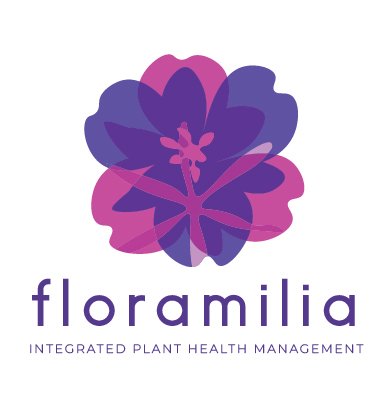Autumn Iuk, Eel season
This summer has been a slow build and lasted longer than expected, so now we find ourselves in mid-march and the weather has only just started to cool. In Naarm’s indigenous season of the eels- Iuk, where days and nights have equal length and manna gums are flowering, the night temperatures start to cool rapidly. So where does that leave us in our understanding of Autumn? When temperatures drop, our deciduous trees start to lose their leaves in order to prepare for winter. I like to think of this as nature making its own warm blanket to protect the soil.
But what is actually happening here? Leaves are for the most parts; carbon and nitrogen, naturally breaking down nutrient for the tree to prepare for the big sleep as they stay dormant over winter or ‘waring- wombat season’. In a happy eco-system with lots of biodiversity and humus rich soil, the breaking down of these leaves will naturally benefit and add to the organic matter.
In our own manicured and monocultured gardens, usually dominated by exotic species and pesticides- these leaves won’t have the full beneficial impact that we might hope. As the rains come and the leaves fall and overnight temperatures sit at around 10 degrees, we will also start to see the growth of fungi and of course, fungal diseases. As its still fairly warm in the day for mid-march this warmth can accelerate growth of these diseases.
So what should I do? Remove the leaves as they fall, and don’t allow them to build up at the base of plants and trees (especially roses!) Not only will it carry fungal diseases (like black spot, rusts), but it will allow other pests to overwinter in the soil. They love to bury themselves within these leaves and then emerge in spring, climbing straight back up onto your plants to complete the cycle. The best way to stopping pests before they even emerge is keeping your garden clean and tidy. The next step is to give the garden what it is asking for- a warm blanket of organic matter!
If you don’t have the means to create your own ‘leaf mould’ organic material or compost- you probably don’t have the means to create your own mulch.
Even though we are removing leaves, the soil still needs to be prepared before winter and potential frosts. The best time to fertilize and mulch is early march, using a slow-release fertilizer that the plants can take in before dormancy and also have plenty nutrient available in early spring as they re-emerge.
The other benefit of mulching is to protect the garden from weeds- even weeds don’t sleep there are plenty of seasonal autumn and winter weeds that will take advantage of your naked soil!
And if you have a more biodiverse garden, where the majority of leaves falling are gums- this is not as much of an issue but plants can still benefit a good mulch and native plants are still suseptible to fungal diseases- especially your favourite Eremophilas!
Iuk is the best season for pruning your natives as well, especially for those plants that have just finished flowering, so make sure your natives have nice open habits, or lifted branches so they have the best chance defending against fungal diseases with plenty of air and sunlight.
Remember pruning is specific to each plant and never a blanket rule- make sure you consult a professional before any big snips and make sure you are using the right techniques as to avoid dieback. As a general rule, never cut too far back into the woody parts of the plant.
Happy frolicking with the eels,
love, floramilia
by Jessie-lee Mills
